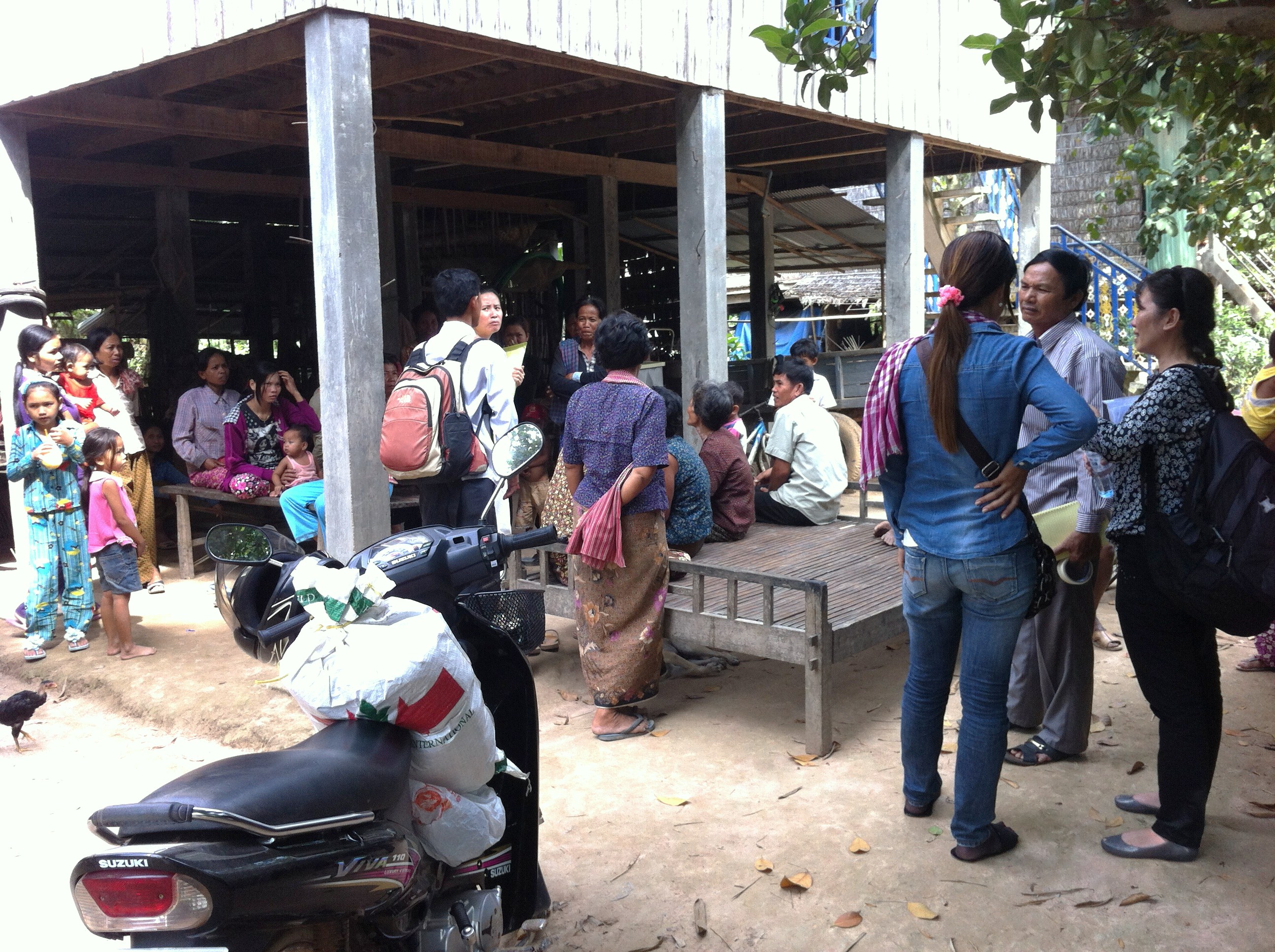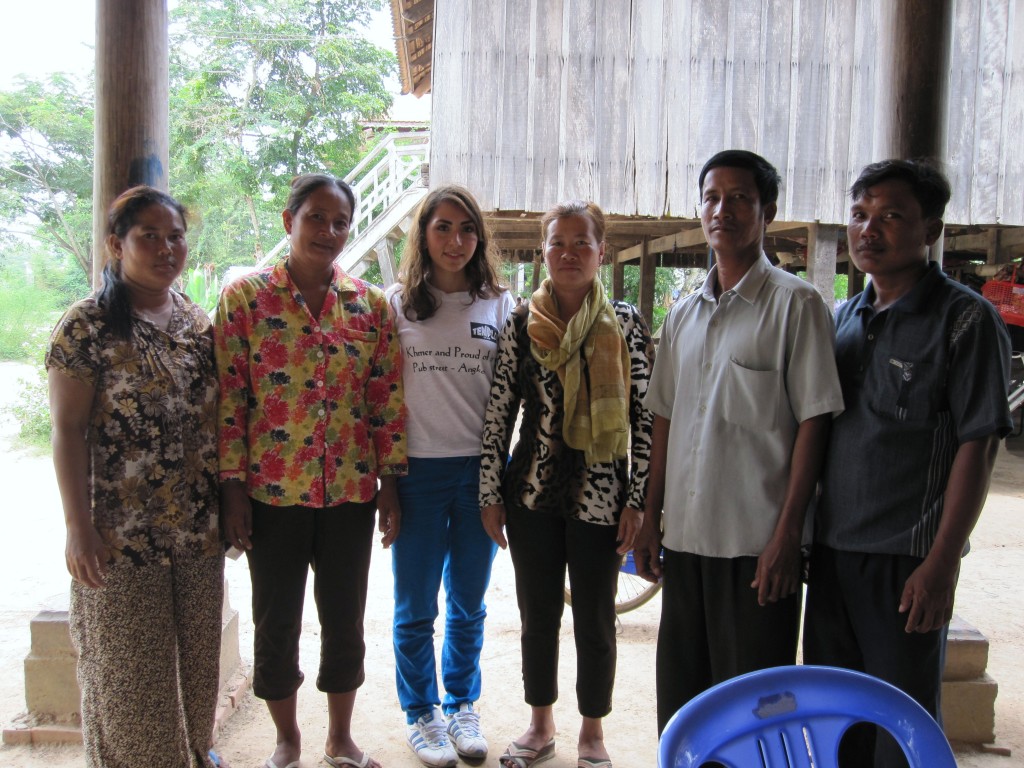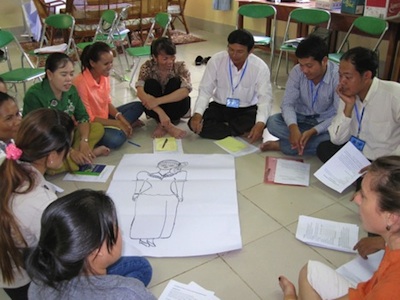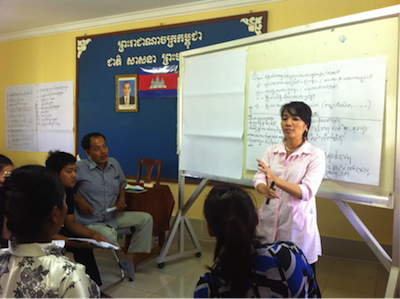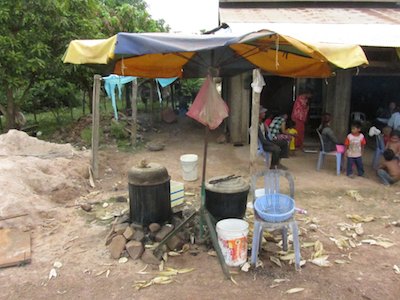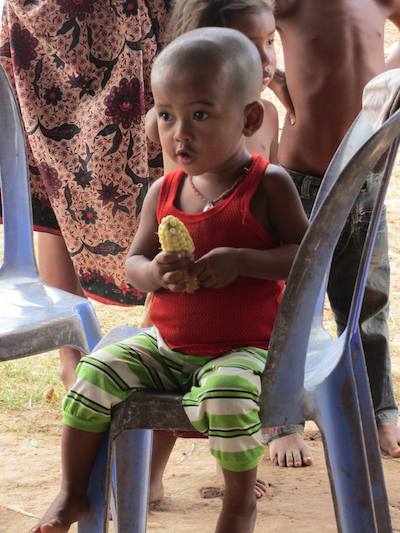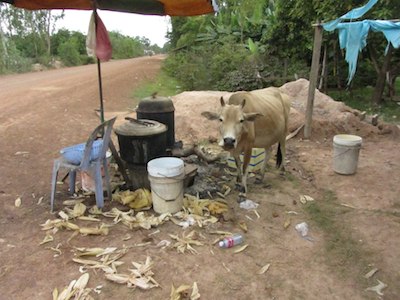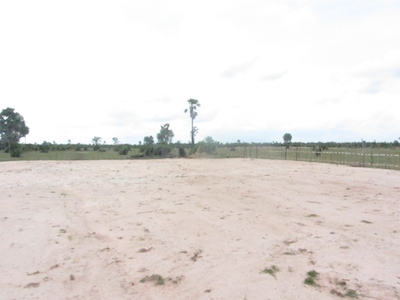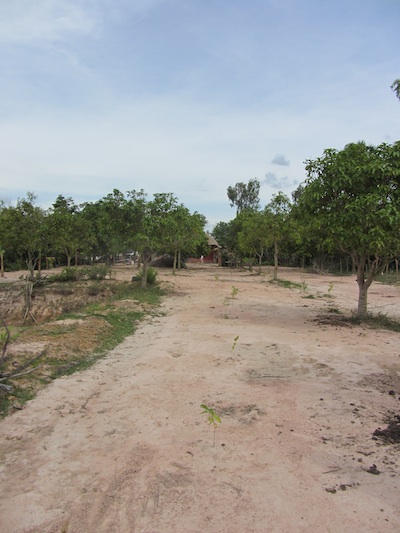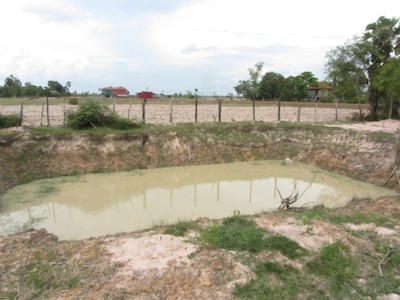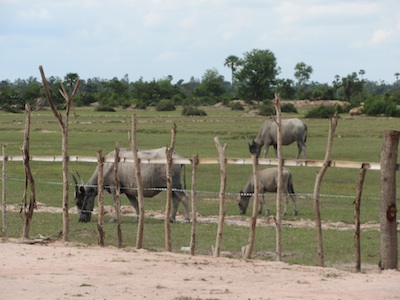Our first round of field data collection for Baseline Gender analysis started in Chrey Seima Village, where the garden and fishpond arm of the project is being implemented. After a long day’s journey we were anxious to get started.
The first tools to be implemented were the gender timeline and seasonal calendar tools. For these tools we held separate FGD for men, women and the elders; this was done to allow for comparison of opinions held within each group. I was involved with the gender timeline for women, where we discussed how gender trends had changed in recent years. I was surprised at the group’s willingness to participate! Their enthusiasm was encouraging; they expressed their appreciation for the work that various NGOs had done over the past few years, and were very adamant in their request for more support, especially to help reduce domestic violence.
The second day of field data collection was conducted in three separate villages, all of which were part of the control group. Here, I conducted key informant interviews with the VHVs and VMFs to learn about what they consider as “healthy foods” and how they cope when food is scarce. With the help of my very reliable translator, Hellina Sarin, I was able to learn about their understanding of good nutrition and especially the role fish plays in a healthy diet.
The final day of data collection also took place in three separate villages (Sanloung I – III). It was the busiest one yet! We conducted 6 group discussions with male, female and mixed respondent groups, who are part of the garden arm of the Fish on Farms project.
Here is a list of the villages we visited and the tools that were covered:
Day 1
Tools: Seasonal Calendar and Gender Timeline
- Chrey Seima Village , Chea Khlang Commune, Svay Antor District, pond and garden group
- Chhkae Kaun village, Chea Khlang Commune, Svay Antor District, pond and garden group
Day 2
Tools: Nutrition & Copings Strategies, Fish Preference, Division of Household Tasks and Venn Diagram
- Thnoung Village, Chea Khang Commune, Svay Antor District, control group
- Prey Khla I Village, Prey Khla Commune, Svay Antor District, control group
- Prey Khla II Village, , Prey Khla Commune, Svay Antor District, control group
Day 3
Tools: Financial Management, Gender Drawing, Asset Management, and Gender Trends
- Sanloung I Village, Angkor Tret Commune, Svay Antor District, Garden group
- Sanloung II Village, Angkor Tret Commune, Svay Antor District, Garden group
- Sanloung III Village, Angkor Tret Commune, Svay Antor District, Garden group
As I had mentioned in the previous blog post, each day of data collection was followed by a full day of data summary and preliminary analysis. So please stay tuned for our next post which will discuss the details of how this process took place and our conclusions.

